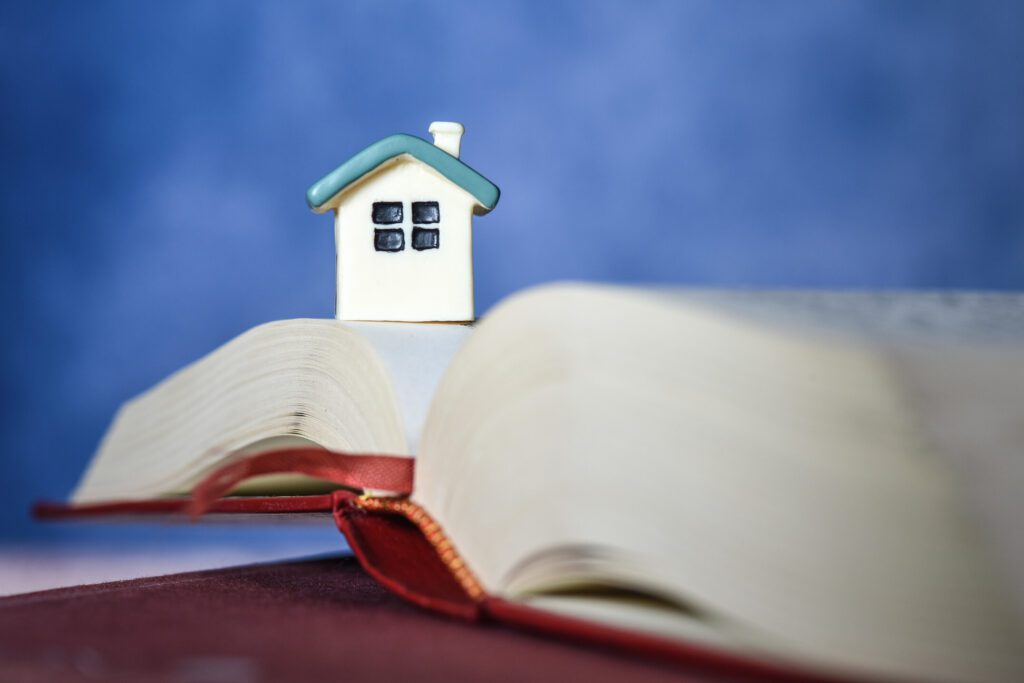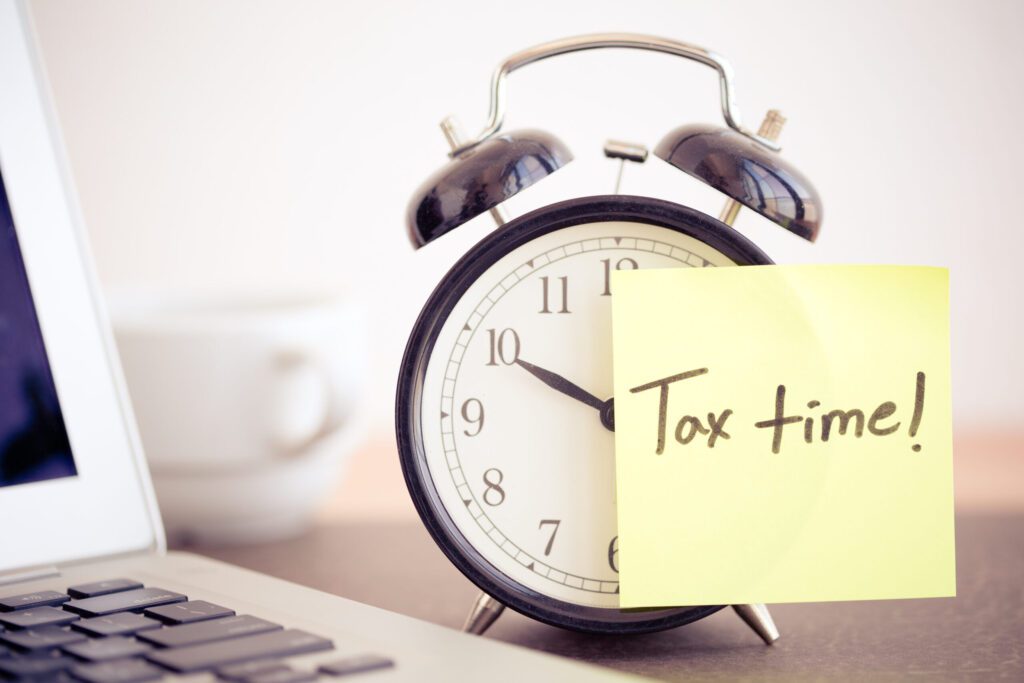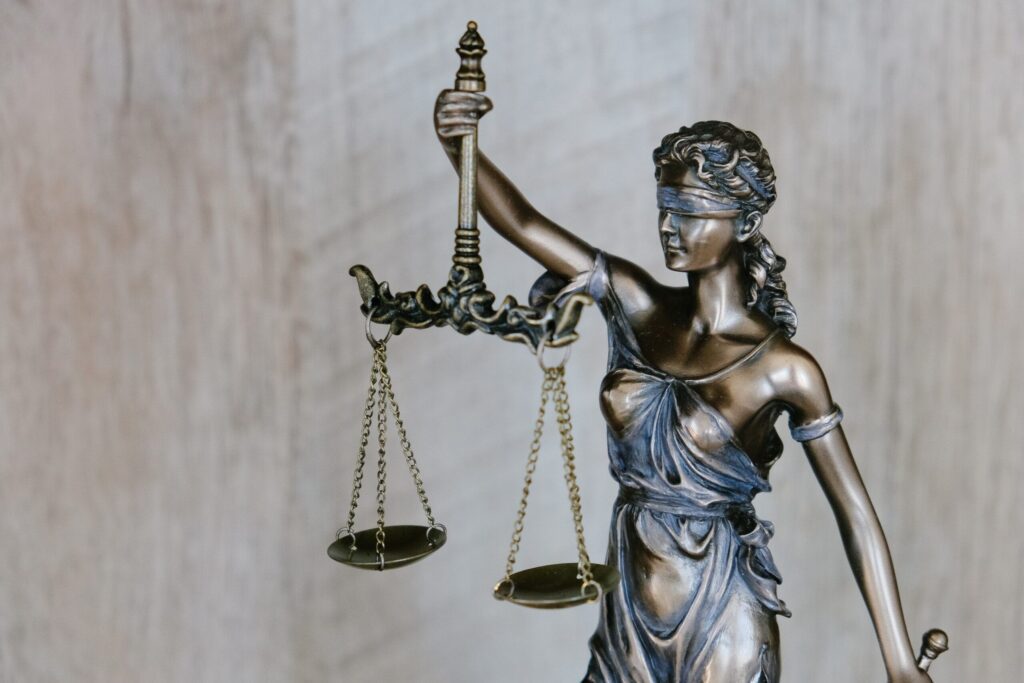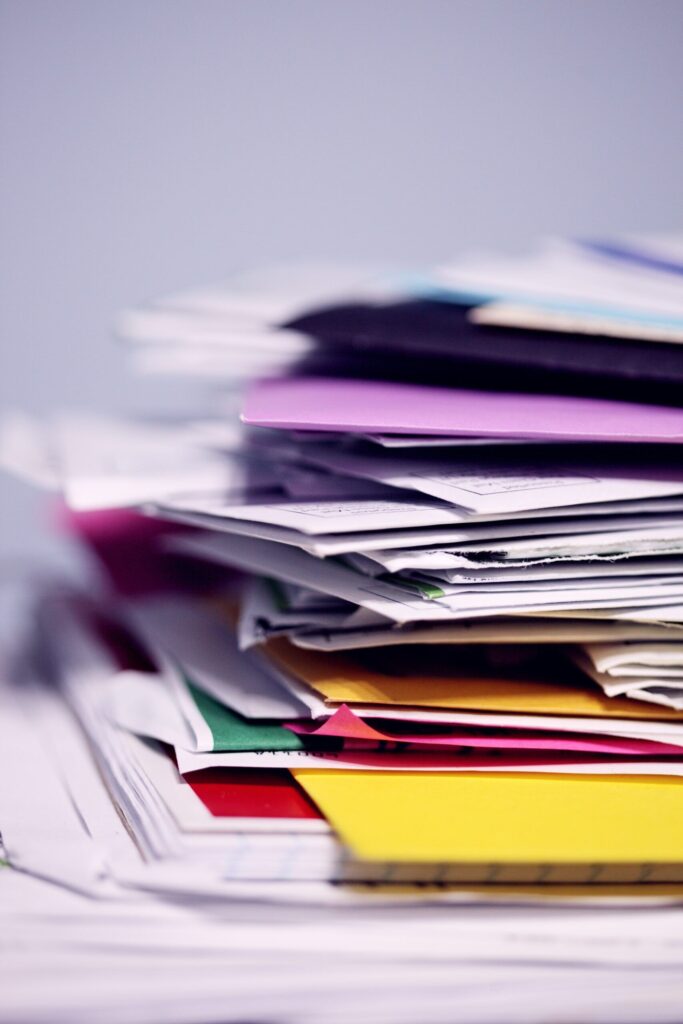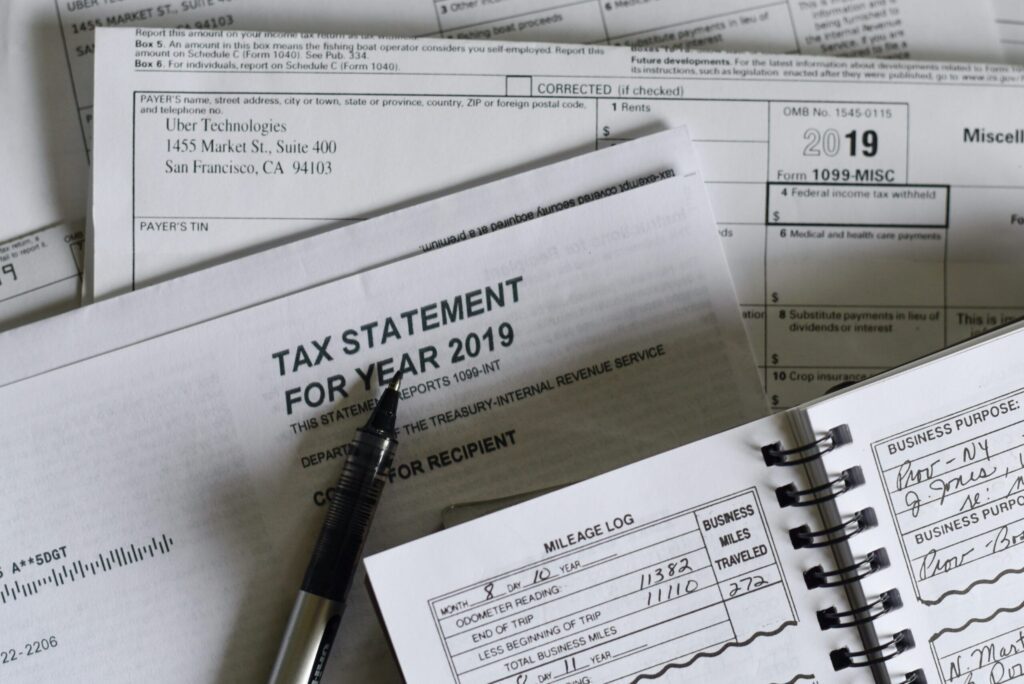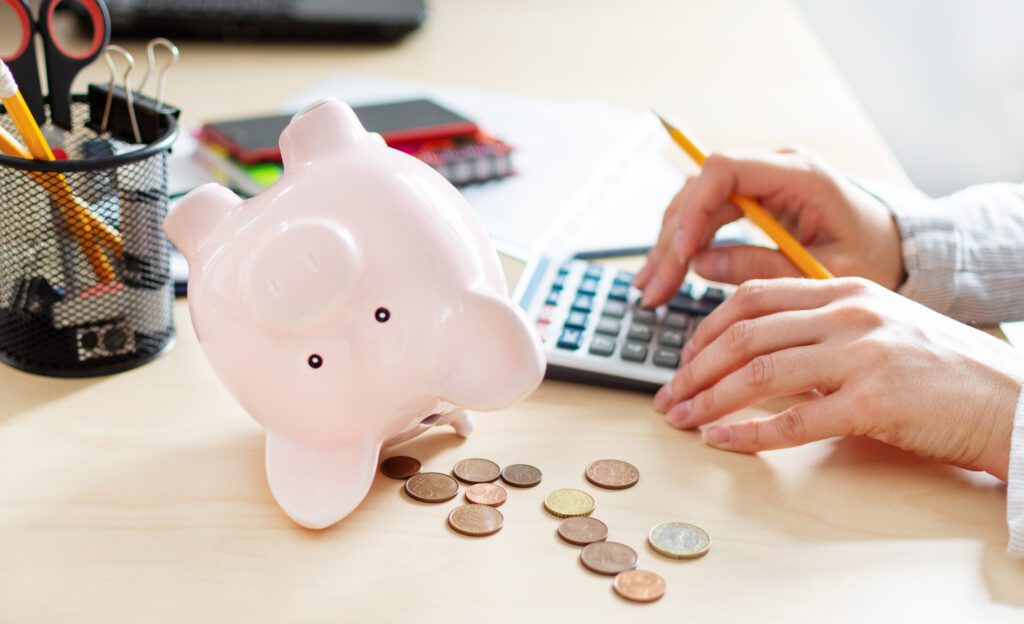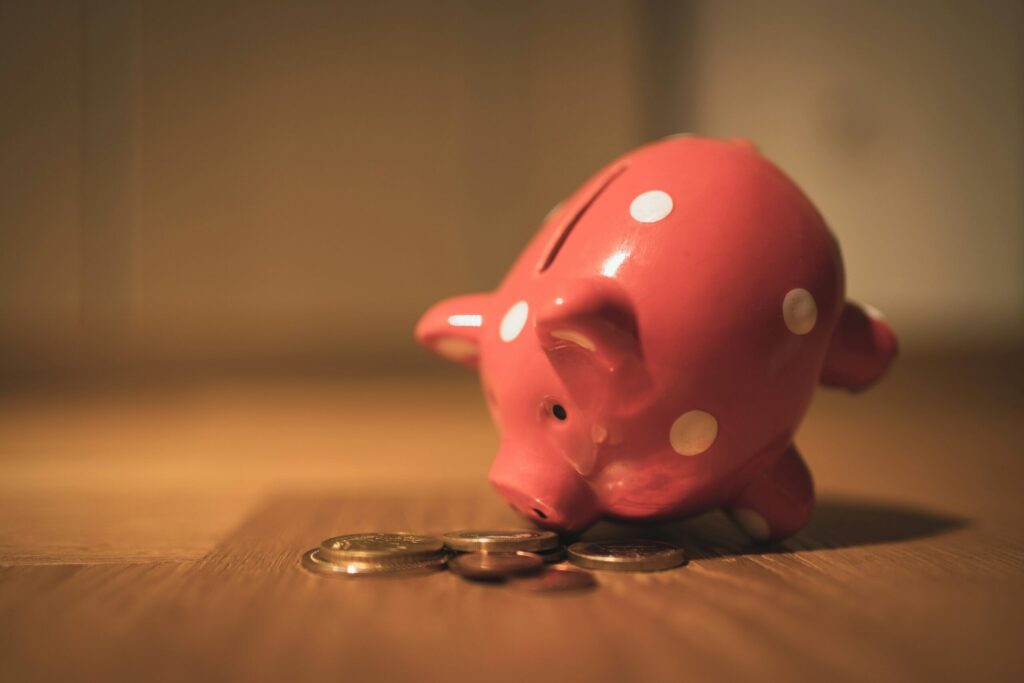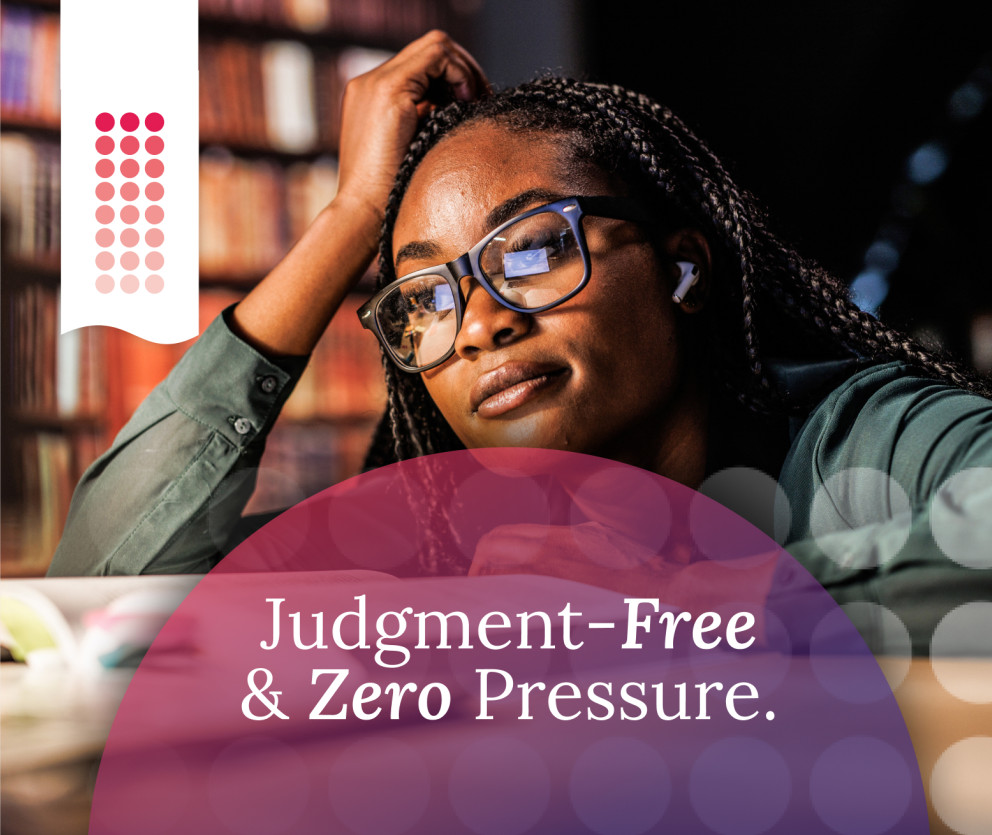Debt can often get confused with ‘borrowing’, and it often has negative connotations. Borrowing, however, does not always need to be a negative. To differentiate different types of borrowing, financial experts often distinguish between types of debt – good debt vs bad debt. To summarize, good debt is usually an investment that brings greater wealth in the long run, like a mortgage or a student loan. Bad debt, on the other hand, is purchasing something that depreciates in value or something that you cannot repay in full and on time. Bad debt often leads to more debt and interest charges or penalties. Examples of bad debt include a store credit card debt, or a personal loan used to pay off monthly expenses. Good debt vs bad debt ultimately depends on your circumstances, because even good debt can become a bad debt if you cannot afford to make your payments. In this article, we explore good debt vs bad debt, and share what to do if you find yourself with bad debt that you cannot repay.
Good debt vs bad debt: what’s the difference?
While some experts may argue that no debt is good debt, for many some debt is a requirement. For instance, borrowing money is often the only way that many people can afford to make large purchases like a home, thanks to mortgages. These types of debt sit on one end of the borrowing scale, while on the other is debt that can be taken on carelessly, like payday loans used to fund everyday expenses. Sometimes, differentiating between good debt vs bad debt is not so clear cut, and it can be difficult to decide where a debt sits on this scale. Generally speaking, the difference between good debt vs bad debt is that good debt typically refers to debts that will increase the value of an asset, like a mortgage for buying a home. Good debt may also improve your life in a sense, like taking on a student loan debt for training for a particular career. Bad debt, on the other hand, is borrowing to buy items that will not appreciate in value over time or for the purpose of consumption, and may even depreciate. Bad debt usually includes types of borrowing like credit card debt and car loans. Below, we share some types of good debt vs bad debt, and why they may be considered to be so by credit bureaus and lenders. Deciding whether or not a debt is a good debt vs bad debt often depends on an individual’s unique financial circumstances, and how much they can afford to lose.
What is good debt?
Good debt can be identified by the phrase ‘it takes money to make money’. In this sense, a good debt can help you to bring in income and build your net worth, which makes it a positive form of debt. Good debt is also any kind of debt that can improve yours or your family’s life in some important ways. Good debt can include the following types of debt:
Mortgages
Provided you can keep up your mortgage payments as agreed, mortgage debt can be considered a good debt. This is because owning a property allows you to build equity that you can use in the future, instead of never seeing your rent payments ever again. Property also typically appreciates in value over time, and mortgages have relatively low interest rates compared to some other types of debt. As mortgages are usually long-term loans, often taken out over decades, they allow payments to be kept low. You can also make money from real estate by renting out property.
Home equity loans (HELOCs)
Many Canadians have a HELOC, or a home equity line of credit, as a way of borrowing money against their home to repay non-mortgage debt. HELOCs can be considered good debt because generally speaking, they have lower interest rates than bad debt like credit cards or payday loans. Something to bear in mind with HELOCs is that banks may raise the interest rate of a HELOC, or indeed demand payments when they like. Borrowers should be wary of borrowing against their home whenever they need, as they will need to repay it with interest.
Student loans
Usually, the more education an individual has, the higher their earning potential. It can also make it much easier to find employment, particularly in roles that pay well. Education in the form of a degree may well be considered a good investment and can end up paying for itself once an individual has entered into employment for a few years. Student loans typically have much lower interest rates than other types of debt, too. This said, not all degrees have the same value, and so you should consider both the short-term and long-term prospects of the field you are looking into studying.
Business loans
Any funds borrowed to begin your own business may be considered a good debt. Becoming your own employer can be rewarding, both mentally and financially. Much like student loans taken out for education, beginning your own business does come with its own risks. Some businesses will fail, but others can thrive. Your probability of succeeding is greater if you choose an industry you are passionate about and are well educated in.
What is bad debt?
Bad debt is ultimately the opposite of good debt. It is considered bad debt if you are borrowing to buy an asset that is likely to depreciate. Bad debt could also be a non-essential debt with a high interest rate that will not generate income in the long term. Good debts may also become bad debts if you have missed payments, or if a debt has gone into collections. The following types of debt can be considered bad debts:
Car loans
While cars are an essential for many Canadians to get around and commute, borrowing money to fund a car is not a great investment. As soon as you drive a car off the lot, it begins to depreciate in value. Car loan debts also typically have high interest rates which compound them as bad debts to have. If you are looking for a new vehicle, it is worth exploring options like buying a used car instead of a new car. If you are set on having a brand new vehicle, leasing is often a better option due to the depreciation of cars. If you must borrow to purchase a vehicle, look for a car loan with no interest, or a low interest rate.
Credit cards
Credit card debt is considered a bad debt because most assets purchased with credit cards likely lose their value over time. This often includes clothes and consumables. While clothes, furniture, and food are essential, borrowing to buy them using credit cards with high interest rates is not a good use of debt. You should always pay off your credit card balance in full each month, and on time. Otherwise, your debt will increase over time, instead of the value of your assets, and it can take you years to make your repayments. Use our debt repayment calculator to see how much your debt is costing you.
Payday loans
It is all too easy to find yourself in a payday loan cycle, and millions of Canadians rely on this kind of bad debt each year. The problem with payday loans is their extremely high interest rates, which can be as high as 650% in some provinces. This can cause your debt to spiral quickly as it can become unaffordable to repay very quickly. If you are unable to make your payday loan debt payments, you will also face penalties while your debt continues to accrue interest. You can face consequences for not making your loan repayments, including collection calls and negative impacts on your credit score.
How to get help with debt relief
Now that you understand the differences between good debt vs bad debt, you may want to know your options when it comes to gaining debt relief. If you are struggling with overwhelming debts, your first port of call should be to speak to a Licensed Insolvency Trustee. Licensed Insolvency Trustees are the only professionals in Canada legally able to file all forms of debt relief. At Spergel, unlike other bankruptcy firms, you will be assigned your very own Licensed Insolvency Trustee to walk you through each step of the debt relief process, instead of passing you from person to person. Here are some of the most common forms of debt relief in Canada:
- Debt consolidation loan – a debt consolidation loan is a new loan that is taken out to condense all your other separate debts. It has the advantage of simplifying your monthly payments into one, and can often clear your interest rate completely, or reduce it. The only disadvantage of this form of debt relief is that you still need to pay the full amount of debt that you owe.
- Consumer proposal – a consumer proposal is a legal form of debt settlement, in line with the Bankruptcy and Insolvency Act. It is the process of proposing an affordable monthly payment to your creditors, which will be negotiated with your creditors on your behalf by your Licensed Insolvency Trustee. Consumer proposals have a number of advantages, including the ability to reduce your unsecured debts by up to 80%, and allowing you to keep your assets.
- Bankruptcy – bankruptcy is the process of assigning any of your non-exempt assets over to your Licensed Insolvency Trustee to go towards the repayment of your debts. This is in exchange for the clearance of any of your unsecured debts. As well as offering protection from your creditors via a stay of proceedings, advantages of bankruptcy include offering you a fresh financial start.
If you are struggling with the difference between good debt vs bad debt, book a free consultation with Spergel. Our experienced Licensed Insolvency Trustees will review your financial circumstances and recommend the best course of action to take if you are in need of debt relief. We have over thirty years’ experience of helping Canadians become debt free, and we are here to help you too. You owe it to yourself.



